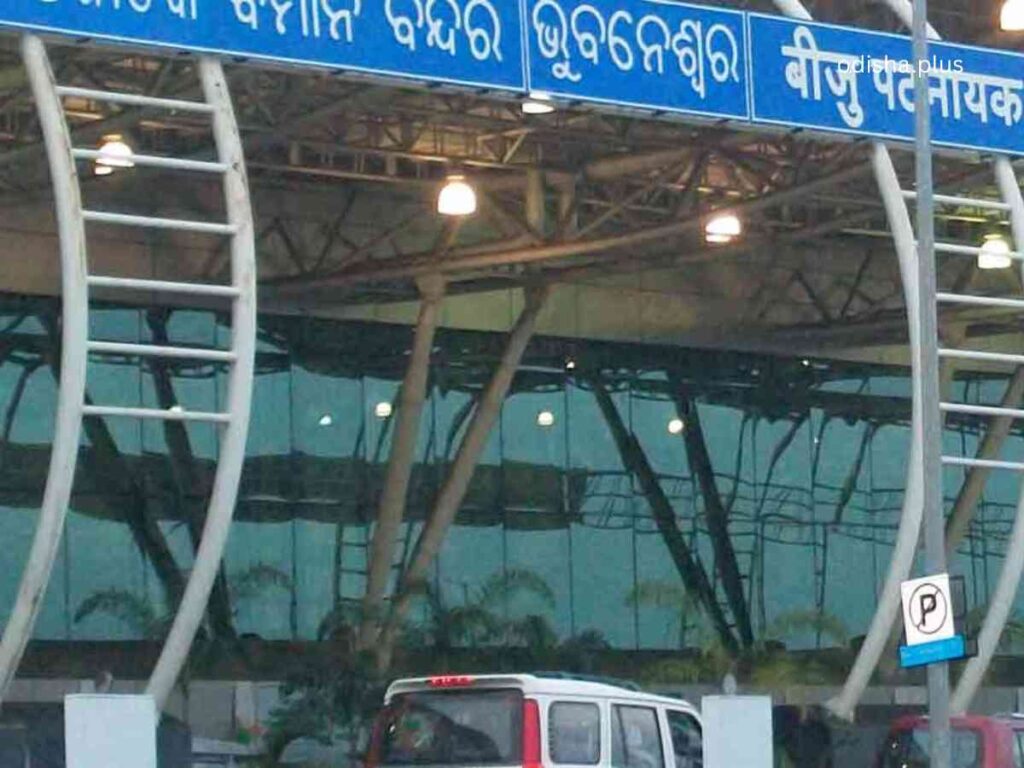In response to this Ahmedabad, Biju Patnaik International Airport authorities have scheduled an aircraft emergency handling mock drill for June 30, 2025
OdishaPlus Bureau

The safety of Bhubaneswar’s Biju Patnaik International Airport (BPIA) following the Ahmedabad plane crash on June 12, 2025, appears to be under heightened scrutiny, with proactive measures being taken to ensure operational safety.
The Ahmedabad crash, involving an Air India Boeing 787-8 Dreamliner (Flight AI171), resulted in 274 fatalities and was caused by issues evident shortly after takeoff, such as the aircraft’s landing gear remaining extended and insufficient thrust, leading to a crash in the Meghani area near Sardar Vallabhbhai Patel International Airport.
In response to this incident, BPIA authorities have scheduled an aircraft emergency handling mock drill for June 30, 2025, to strengthen preparedness and safety protocols. This indicates a direct effort to address potential vulnerabilities in emergency response systems following the Ahmedabad tragedy. BPIA is stepping up other safety measures according to reports.
BPIA, operated by the Airports Authority of India, has not been directly linked to any recent incidents similar to Ahmedabad’s, and no specific safety concerns about its operations have been reported as yet.
The airport handles domestic and international flights and is equipped with modern facilities, but like all airports, its safety depends on factors such as air traffic control, runway conditions, and emergency response capabilities.
The Ahmedabad crash has prompted broader national scrutiny, with the Indian government considering grounding the Boeing 787-8 fleet and conducting safety checks, which could indirectly influence operations at BPIA if similar aircraft are in use.
While BPIA is taking proactive steps, the Ahmedabad incident highlights the importance of rigorous maintenance, pilot training, and emergency preparedness.
On basis of recent audits, BPIA’s safety record is reasonable and the airport is aligning with national safety directives. But there can be no room for complacency.

























